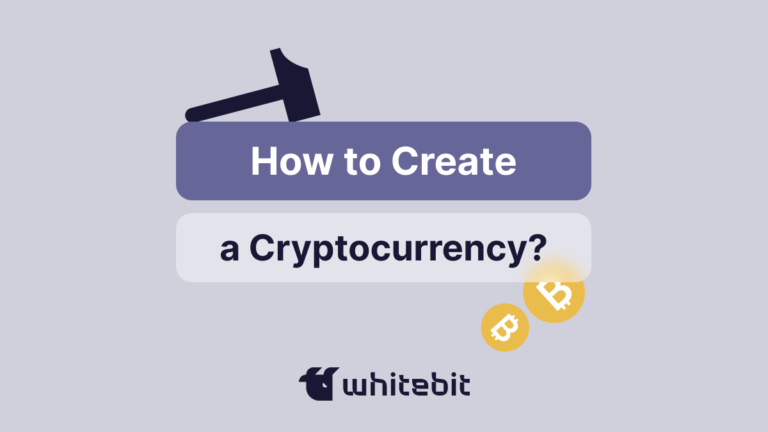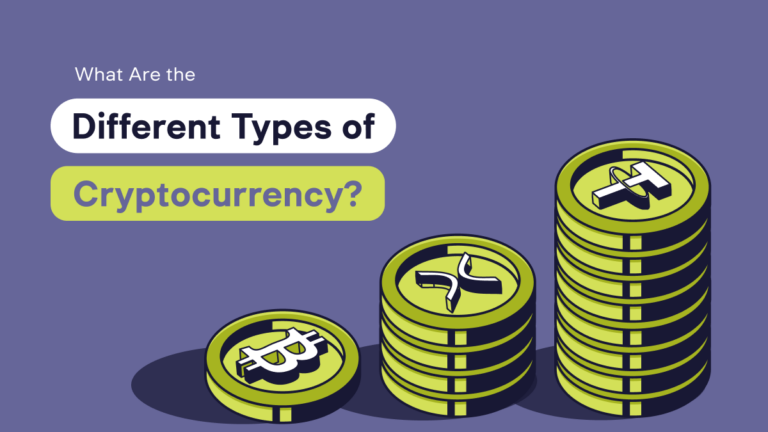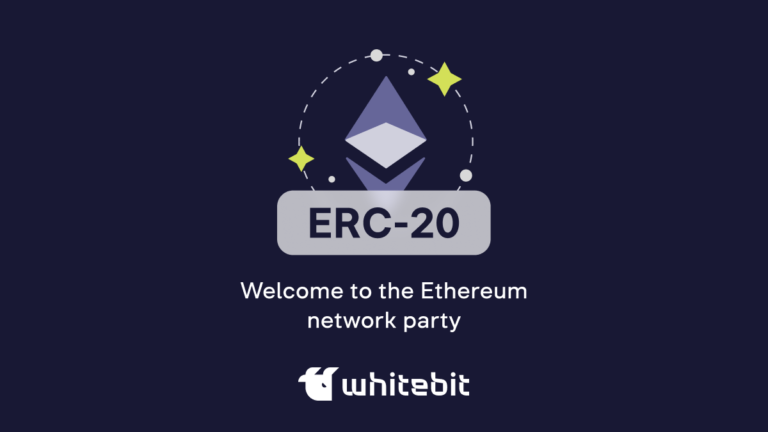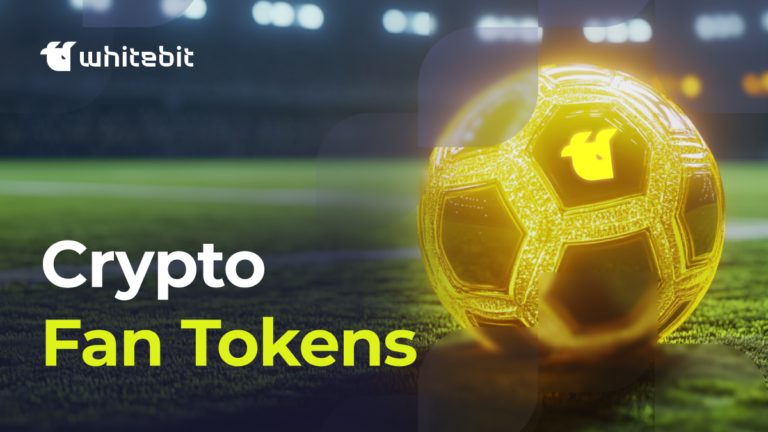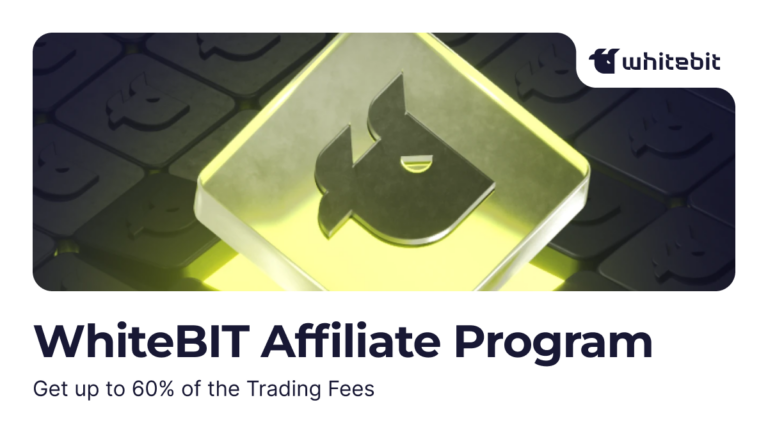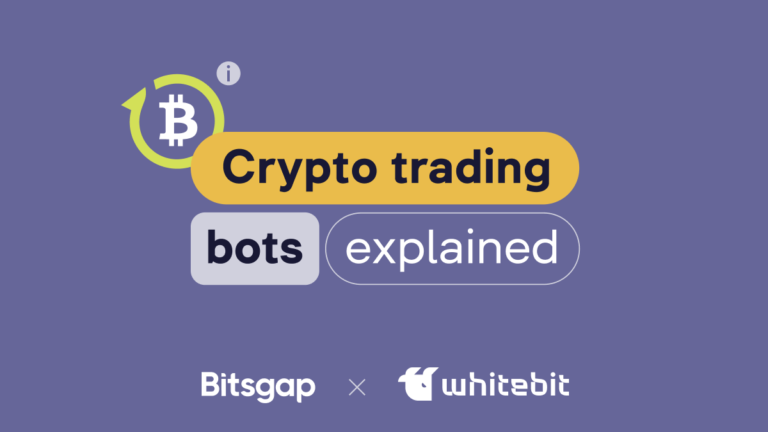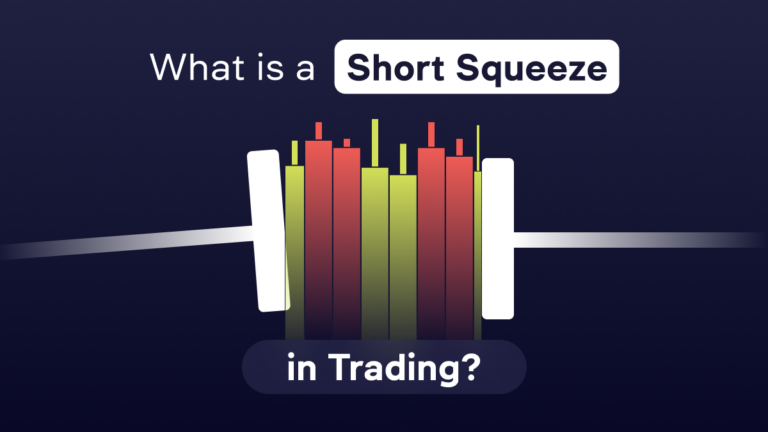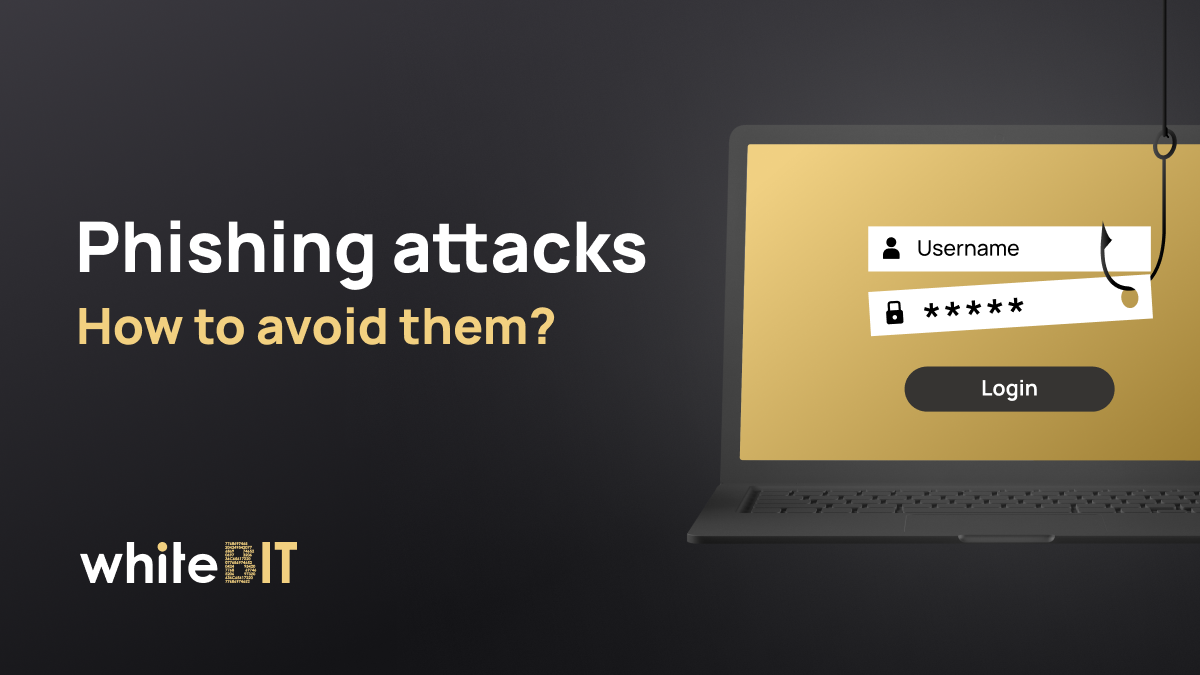What Is a Crypto Mining Pool and How Does It Work
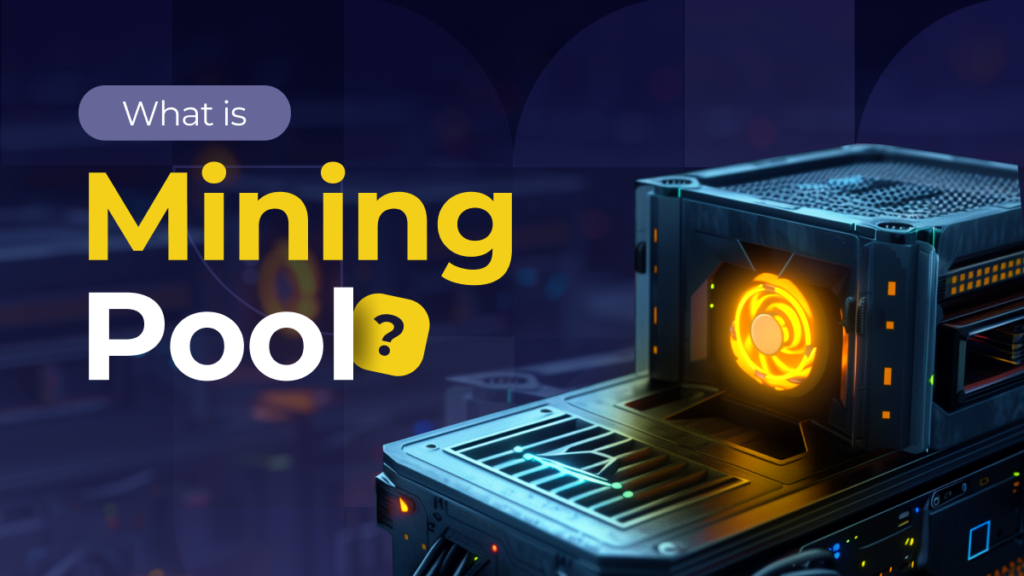
Content
- What Are Mining Pools?
- How Does a Mining Pool Work?
- Types of Pools for Mining
- How to Choose a Mining Pool?
- How to Create a Crypto Mining Pool & How to Setup a Mining Pool?
- The Biggest Cryptocurrency Mining Pool
- Pools for Cloud Mining
- Pool vs Solo Mining
- Advantages and Disadvantages of Pools for Cryptocurrency Mining
- Conclusion
- FAQ
Cryptocurrency mining requires significant computing resources and time. Miners join together in mining pools to increase efficiency and reduce risks. In this article, we will explain what is a crypto mining pool, how it functions, and what benefits it brings to its participants.
What Are Mining Pools?
Mining pools are an association of miners for joint cryptocurrency mining. Participants provide their computing power to solve the math problems needed to validate transactions and add new blocks to the blockchain. When one participant finds a solution and adds a block to the blockchain, the reward is distributed proportionally to each miner’s contribution. This allows even miners with lesser capacities to earn a more stable income compared to single mining.
Pools increase the chances of earning rewards by making mining affordable and efficient. They offer different reward distribution schemes, such as Pay-Per-Share (PPS) and Proportional, allowing miners to choose the best option. Pools also provide tools to monitor and manage mining, making the process easier for beginners. With the development of DeFi mining, pools play an important role by providing miners with the ability to utilize their resources efficiently and earn a steady income, which contributes to the overall liquidity and security of the network.
How Does a Mining Pool Work?
A mining pool works on the principle of collective mining, combining the resources of several miners to increase their total processing power and increase the chances of successfully adding new blocks to the blockchain. The process of a mining pool can be broken down into several key steps:
- Connecting Participants: Miners connect to the pool and install special software to interact with the pool server.
- Task Allocation: The pool server distributes tasks to participants by sending them small subtasks (orbs) that the miners solve on their devices.
- Task solving: The miners perform calculations and send the results back to the pool server, which verifies the solutions and tracks each participant’s contribution.
- Adding a block to the blockchain: When the pool finds the correct solution for a new block, the block is added to the blockchain. The pool receives a fixed reward per block and fees for the included transactions.
- Reward distribution: The reward is distributed to pool members in proportion to their contribution to the solution. Popular distribution schemes include Pay-Per-Share (PPS), Proportional (Proportional), and Pay-Per-Last-N-Shares (PPLNS).
Each node in the blockchain network plays a vital role in confirming transactions and adding new blocks. Blockchain mining pools the computing power of multiple nodes to improve the efficiency of this process and increase the chances of being rewarded.
Types of Pools for Mining
Proportional Pools
Proportional pools distribute rewards proportionately to each miner’s contribution after finding a block. The more processing power a miner has contributed, the greater the share of the reward he will receive. For example, if a miner contributed 5% of the pool’s total processing power, he will receive 5% of the total block reward.
Pay-Per-Share Pools (PPS)
The Pay-Per-Share (PPS) model is a system in which miners receive a fixed payment for each share (ball) they solve, regardless of whether a block is found. The pool takes all the risks and pays the miners a steady income for their contribution. This reduces the volatility of earnings and provides predictability of income, which makes this model attractive to those who prefer to minimize risk.
Full Pay-Per-Share Pools (FPPS)
Full Pay-Per-Share (FPPS) is an improved version of PPS, where miners not only receive a fixed payment for each orb, but also their share of the transaction fees included in the block. This means that miners can earn additional revenue based on commissions, making FPPS a more profitable model than regular PPS, especially during periods of high network activity.
Pay-Per-Last-N-Shares Pools (PPLNS)
PPLNS pools reward miners who have contributed shares in the last N shares before finding a block. This method incentivizes miners to participate in the pool for the long term, as the rewards depend on their recent activity. This reduces the likelihood of miners switching between pools and creates a more stable community of participants.
Score-Based Pools
Score-based pools distribute rewards based on miners’ points for contributing shares. Points decrease over time, which incentivizes constant activity from miners. The more and longer a miner works, the more points and thus rewards they receive.
Solo mining Pool
How to solo mine without a pool? Solo mining without a pool allows you to work alone (better for small miners) through the pool infrastructure. Miners receive full rewards for the blocks they find, but the chance of finding a block is much lower. This type of pooling is suitable for miners with high computing power who want to avoid sharing rewards.
Double Geometric Method (DGM) mining
DGM combines elements of PPS and PPLNS. In this model, miners receive a portion of their payout immediately, as in PPS, and the remainder is paid out later based on pool results. This strikes a balance between revenue stability and incentivizing ongoing miner activity. DGM reduces the risk to the pool while still being attractive to miners.
How to Choose a Mining Pool?
Choosing a mining pool depends on key factors such as payout stability, commission structure, pool size, and reputation. You should consider your goals, whether stable income, minimizing risks, or maximizing profits. It is also important to check the pool’s transparency and support for users.
Here’s the way to choose a pool point by point:
- Check the pool’s reputation: Study the pool’s reviews and ratings in the cryptocurrency community.
- Examine the reward models: Choose a pool with a reward model that matches your goals (PPS, PPLNS, FPPS, etc.).
- Analyze fees: Pay attention to the pool’s fees for services and payouts.
- Evaluate pool size: Larger pools provide more stable payouts but may have high commissions.
- Check stability and uptime: Ensure the pool has a good history and stable connections.
- Support and Usability: Evaluate the quality of support and the availability of user-friendly tools for monitoring and managing your mining.
How to Create a Crypto Mining Pool & How to Setup a Mining Pool?
How to Create Mining pool?
How do you create your own mining pool? Let’s look at the key points:
- Cryptocurrency selection: Determine the cryptocurrency for the pool.
- Choosing a server: Find a powerful server with good internet.
- OS installation: Install Linux, such as Ubuntu.
- Mining software: Install the right software, such as MPOS.
How to Start a Mining Pool: Setting up
- Database setup: Install and configure MySQL to store the data.
- Pool Configuration: Set up configuration files to specify cryptocurrency and server settings.
- Web Interface: Install and configure the web interface for miners.
- Security: Set up a firewall and account protection.
How to Run a Mining pool?
- Testing: Run tests and fix bugs.
- Startup: Start the pool and invite miners.
- Monitoring: Constantly monitor the pool and update the software.
- Support: Provide support to users and solve problems.
The Biggest Cryptocurrency Mining Pool
Pools for Bitcoin Mining
Top in the list is Antpool, operated by Bitmain, is one of the largest and most well-known Bitcoin mining pools. F2Pool, one of the oldest and largest pools, supports multiple cryptocurrencies, including Bitcoin (BTC), and is internationally oriented. BTC.com, also operated by Bitmain, has a high share of the Bitcoin network hashrate and offers a user-friendly interface with many features.
The hash plays a key role in the mining process, and cryptocurrency mining pools distribute tasks among participants to speed up their computation and increase the chances of successfully adding a new block to the blockchain.
Pools for Ethereum Mining
Ethermine is one of the largest Ethereum (ETH) mining pools known for its high performance and low commissions. F2Pool, one of the largest pools for mining Ether, supports multiple cryptocurrencies and is internationally oriented. SparkPool, a large pool mine for Ether mining, is focused on the Chinese market and provides high stability and performance.
Pools for Cloud Mining
What is a cloud mining pool? Cloud mining pools allow users to rent computing power for cryptocurrency mining without purchasing their own equipment. This is convenient for those who want to participate in mining with minimal initial investment and technical skills. Cloud mining offers a variety of contracts and supports many cryptocurrencies, including Bitcoin and Ether. Users can choose contracts for different durations and capacities, earning income depending on the rented equipment’s performance and the cryptocurrency market’s current state.
Pool vs Solo Mining
Pool mining allows miners to pool their computing power to increase the chances of receiving regular payouts by dividing the rewards proportionally to each participant’s contribution, providing a more stable income. Solo mining involves working alone, where a miner gets the full reward for a block found. Still, the probability of finding a block is much lower, making the returns less predictable and more risky, especially for miners with limited resources. Solo or pool mining is only up to you.
Advantages and Disadvantages of Pools for Cryptocurrency Mining
| Pros | Cons |
| Stable payments | Sharing of rewards among participants |
| Risk reduction | Dependence on pool performance |
| Increased chance of success | Commissions for using the pool |
| Support and convenience | Possible technical failures |
| Monitoring and analytics | Less control over the mining process |
Conclusion
Since when did bitcoin emerge, mining has been a key part of the cryptocurrency ecosystem, and mining pools have made the process much easier for individual miners by providing different reward models to meet the diverse needs of participants. In this article, you learned what is mining pool in blockchain, how to create own mining pool, and how to set up a mining pool. In conclusion, a mining pool is a key role in the cryptocurrency ecosystem. It offers a way for miners to join forces to achieve a common goal. This approach not only increases the chances of successfully mining blocks but also facilitates the distribution of rewards, making mining more fair and attractive to participants of all levels. Pool or solo mining is up to you.
FAQ
A mining pool is a group of miners who pool their computing power to work together to add new blocks to the blockchain. This increases the chances of receiving a reward, which is then distributed among the pool members in proportion to their contribution.
Risks of mining pools include centralization, which can reduce network security, the possibility of fraud by the pool operator, technical failures and outages, and variability in rewards due to fluctuations in the mining difficulty and the number of participants.
Creating a mining pool requires high-performance servers, specialized software, security and fair reward distribution, and ongoing technical support.

